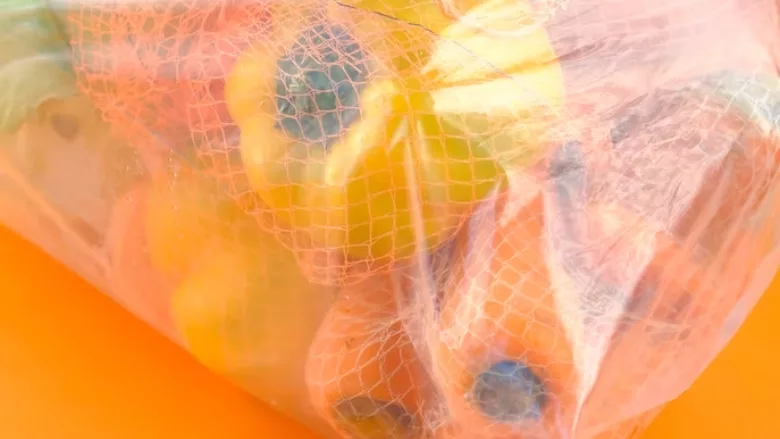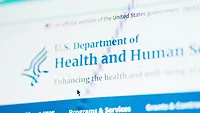Plastics Affecting Global Food Safety, Says Australian National Science Agency

Image Credit: Towfiqu barbhuiya via Unsplash
Microplastics and nanoplastics are pervasive in the food supply and may be affecting food safety and security on a global scale, according to a new study led by the Commonwealth Scientific and Industrial Research Organization (CSIRO), Australia’s national science agency.
The study is one of the first to analyze the academic literature on microplastics from a food safety and food security risk perspective, building on past studies that primarily tracked plastics in fish. Findings show that plastics and plastic additives are present at a range of concentrations in fish, as well as in meat, chicken, rice, water, takeout foods and drinks, and fresh produce.
Microplastics and nanoplastics enter the human supply through numerous pathways, such as ingestion, as demonstrated in the fish studies. However, one of the key routes is through food processing and packaging. Although fresh food can be plastic-free when it is picked or caught, a commodity can contain plastics by the time it has been handled, packaged, and reaches consumers, deposited by machinery, cutting boards, plastic wrapping, and other food-contact materials. The study highlights the need to understand the extent to which plastic is ending up in human food to manage food safety and security.
Another important route for plastic contaminants to enter the agrifood system is through biosolids sourced from wastewater treatment. Biosolids are a rich fertilizer for agricultural land, but they can contain plastic particles from many sources, such as from the washing of synthetic clothing. Such particles can build up in soil and change soil structure over time, which may affect crop production, food security, and ecosystem resilience.
The study also discussed how additives in plastics can leach into the environment, potentially contaminating the food supply. Additives that make plastic flexible or resistant to UV radiation, for example, can include flame retardants, heavy metals, phthalates, hardeners or other chemical compounds.
Research is still required to demonstrate the harm to humans caused by micro- and nanoplastics environmental contamination. More research is also needed to better understand the effects of plastics and their additives on food safety and security, as well as to develop better analytical techniques to monitor, assess, and establish safe levels in food, drinking water, and agroecosystems.
Looking for quick answers on food safety topics?
Try Ask FSM, our new smart AI search tool.
Ask FSM →








